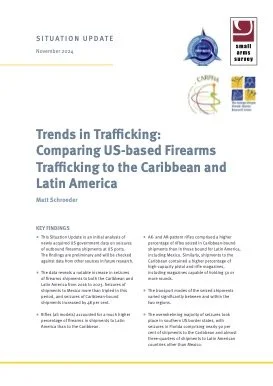By Aaron M. Hoffman
Critics of terrorism news coverage often describe it as a sensationalized and intimidating area of reporting. However, this characterization offers a misleading guide to the coverage of terrorist threats and attacks, counterterrorism, and community responses to terrorism that appears in U.S. newspapers. Counterterrorism—not terrorist threats or attacks—is the most reported-on subject in newspapers such as the New York Times and Wall Street Journal. Rather than focusing on accounts of terrorist attacks, militarized counterterrorism, or counterterrorism failures, journalists more often cover counterterrorism successes, criminal justice, and diplomatic or community responses to terrorism. The Terrorism News Beat engages thinking about terrorism and the news media from the fields of political science, communication, criminology, economics, and sociology using multimethod research involving more than 2,500 newspaper articles published between 1997 and 2018. Chapters analyze the terrorism news beat’s subject matter, language, and coverage of the Oklahoma City Bombing, Olympic Park bombing, 9/11 attacks, DC Sniper case, and Dallas Police shooting. When it comes to language use, Hoffman finds that, rather than giving into the temptation to convey the news in lurid detail, journalists are minimalists. The language used to depict events on the terrorism beat is typically moderate and extreme words like “torture” appear only as necessary. The Terrorism News Beat shows that contrary to claims of sensationalism, the tone of terrorism coverage becomes even more sober during terrorism crises than it is during non-crisis periods and meets journalistic standards for quality.
Ann Arbor: University of Michigan Press, 2025. 255p.





















